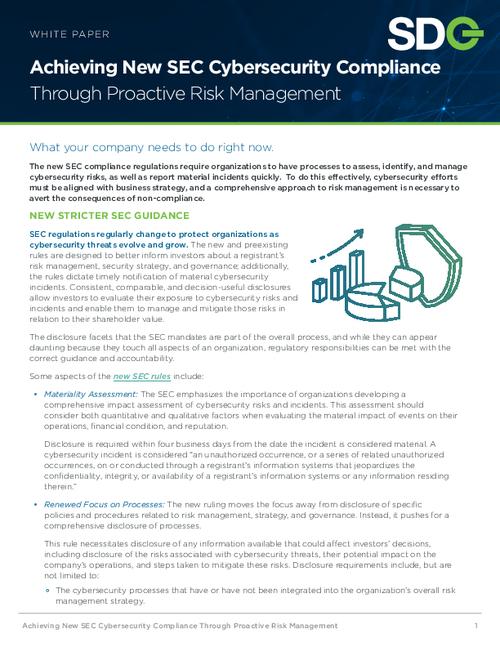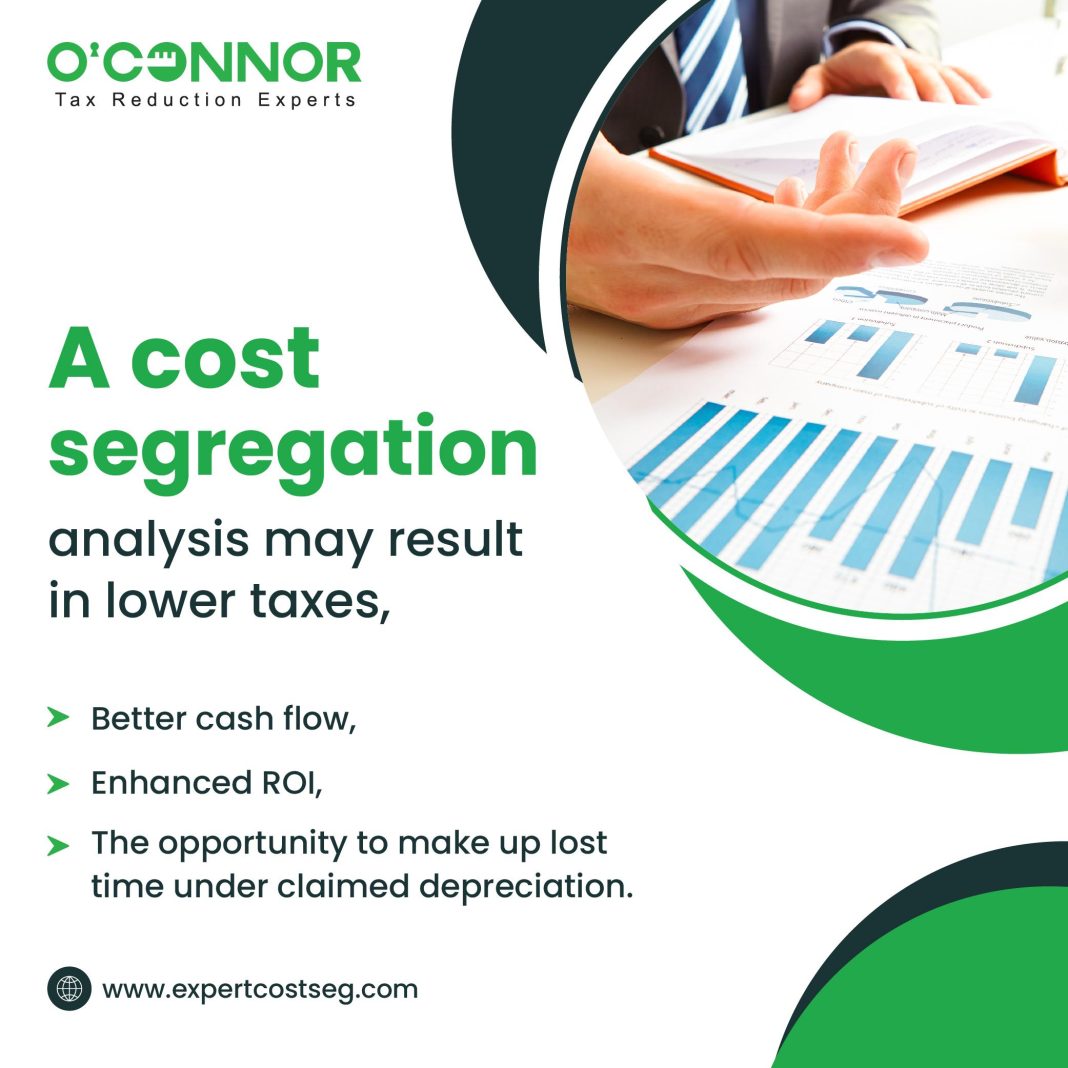In the kaleidoscopic world of finance, where change is the only constant, staying compliant can feel like trying to catch the wind. As regulations evolve with unprecedented speed, driven by technological advancements and shifting global dynamics, financial institutions and professionals are tasked with navigating a labyrinth of legal mandates and industry standards. The stakes are high, with non-compliance threatening not only financial penalties but also reputational damage and operational disruptions. This article serves as your compass in this turbulent sea, offering authoritative insights and practical strategies to ensure your organization remains steadfastly compliant amidst the swirling currents of change. Whether you’re a seasoned compliance officer or a financial executive, join us as we unravel the complexities of modern compliance and equip you with the tools to master this ever-evolving landscape.
Navigating Regulatory Shifts with Precision
In the labyrinth of financial regulations, precision is your compass. As regulatory frameworks evolve, businesses must adopt a proactive approach to ensure compliance. This means not only understanding the nuances of new regulations but also implementing them with meticulous accuracy. Staying ahead of regulatory shifts requires a dynamic strategy that integrates both technology and human expertise.
- Leverage Technology: Utilize advanced compliance software to automate monitoring and reporting processes. This reduces human error and ensures real-time updates on regulatory changes.
- Continuous Training: Invest in regular training sessions for your team to keep them informed about the latest regulatory requirements and compliance strategies.
- Expert Consultation: Engage with regulatory experts who can provide insights and guidance tailored to your specific industry needs.
By adopting these strategies, organizations can navigate the complexities of financial regulations with confidence and precision, ensuring they remain compliant in a rapidly changing environment.

Crafting a Proactive Compliance Strategy
In today’s dynamic financial landscape, a forward-thinking compliance strategy is essential for organizations aiming to navigate regulatory complexities with confidence. Proactivity is the cornerstone of effective compliance management, requiring businesses to anticipate changes and adapt swiftly. This involves a keen understanding of emerging regulations and a commitment to continuous improvement. Companies should foster a culture where compliance is not just a checkbox exercise but a strategic priority that permeates every level of the organization.
- Regular Training: Equip your team with the latest knowledge through frequent training sessions to ensure everyone is up-to-date with current regulations.
- Technology Integration: Leverage advanced compliance management software to streamline processes and enhance real-time monitoring capabilities.
- Stakeholder Engagement: Engage with regulators and industry bodies to stay informed about upcoming changes and participate in shaping future regulations.
- Risk Assessment: Conduct regular risk assessments to identify potential compliance gaps and implement corrective measures proactively.
By embedding these practices into the organizational fabric, businesses can transform compliance from a reactive necessity into a proactive strategy that drives growth and stability.
Harnessing Technology for Real-Time Adaptation
In today’s dynamic financial landscape, the ability to adapt in real-time is not just a competitive advantage—it’s a necessity. Leveraging cutting-edge technology can significantly enhance your compliance strategy, ensuring that your organization remains aligned with evolving regulations. Artificial Intelligence (AI) and Machine Learning (ML) are revolutionizing the way financial institutions monitor transactions and identify potential compliance risks. These technologies can analyze vast amounts of data with remarkable speed and accuracy, flagging anomalies that may indicate fraudulent activities or regulatory breaches.
Moreover, blockchain technology offers unparalleled transparency and security, providing an immutable ledger that can simplify auditing processes and enhance trust among stakeholders. To harness these technologies effectively, consider implementing the following strategies:
- Invest in AI-driven compliance tools that offer predictive analytics and real-time monitoring capabilities.
- Adopt blockchain solutions to streamline documentation and ensure the integrity of financial records.
- Integrate cloud-based platforms to facilitate seamless data sharing and collaboration across departments.
- Regularly update your technology stack to incorporate the latest advancements and maintain a robust compliance framework.
Building a Culture of Continuous Learning and Vigilance
In the ever-evolving landscape of finance, cultivating a culture that prioritizes continuous learning and vigilance is not just beneficial—it’s essential. This proactive approach ensures that your organization remains agile and adaptable, capable of responding to regulatory changes with confidence. Encourage ongoing education by offering regular training sessions and workshops that focus on the latest compliance requirements and industry best practices. Foster an environment where employees feel empowered to share insights and ask questions, promoting a collaborative learning atmosphere.
- Incorporate diverse learning methods such as webinars, e-learning modules, and interactive seminars to cater to different learning preferences.
- Establish a knowledge-sharing platform where team members can exchange information and resources related to compliance and industry updates.
- Implement regular audits and assessments to identify potential compliance gaps and address them promptly.
By embedding these practices into the fabric of your organization, you create a robust framework that not only keeps your team informed but also positions your business as a leader in compliance and risk management.





